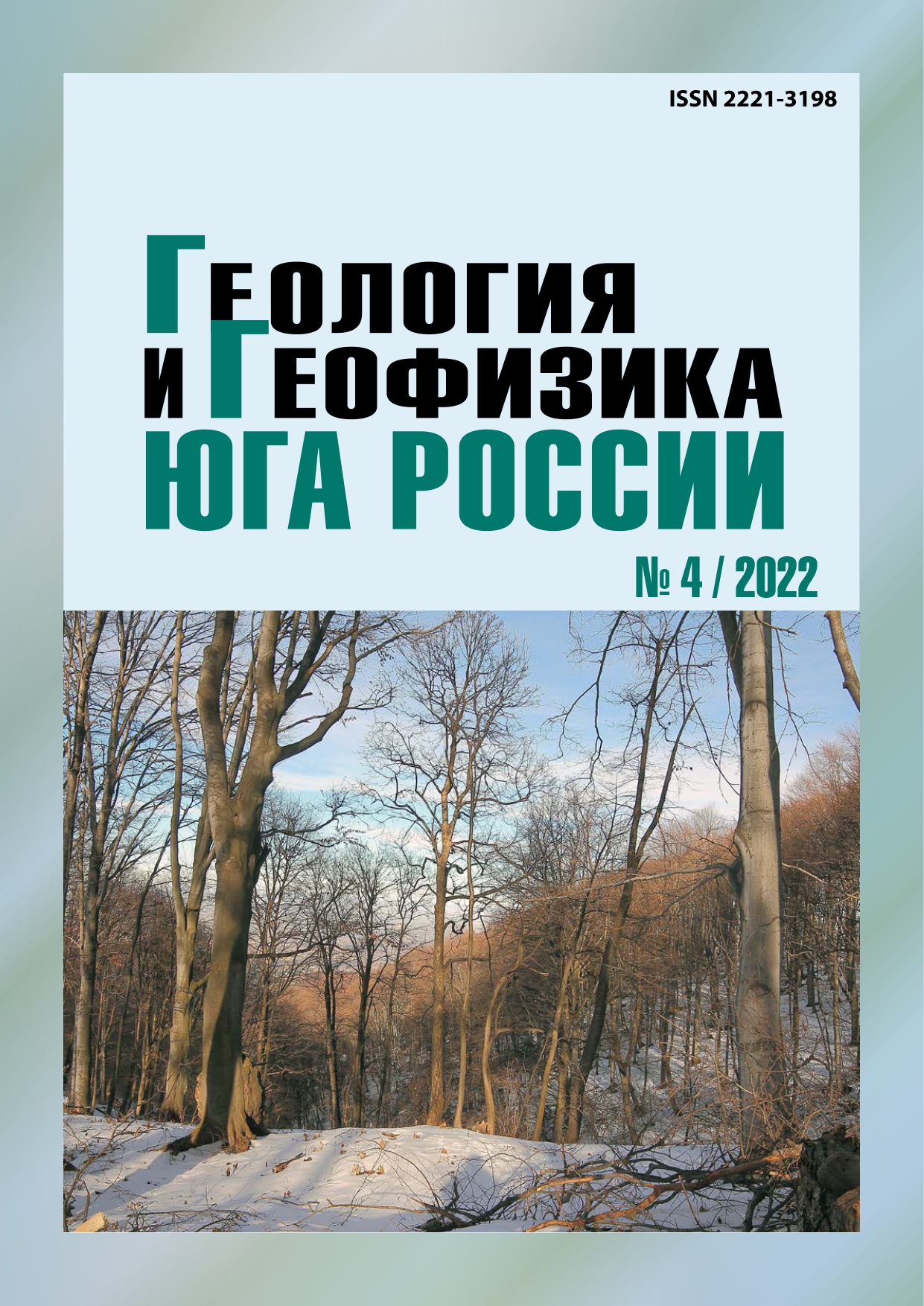Modern GPS geodynamics of Azerbaijan
Abstract
The relevance. The article considers the monitoring of geodynamic deformations of the territory of Azerbaijan according to the data of GPS stations (Global Positioning System). The identification of changes in the velocities of tectonic blocks is the basis for the construction of geodynamic models that allow establishing a connection with the tectonic-geological structure of the region under study. The aim of the work was geodetic analysis and comparison of the results of GPS stations with the seismicity of the region under study, obtained for the period 2017-2021 on the territory of Azerbaijan. Methods. The article presents a method for calculating the velocity fields of modern horizontal displacements of the tectonic blocks of Azerbaijan, obtained from the results of observations at 24 GPS_RCSS stationary stations, a characteristic aspect of which is a noticeable horizontal displacement in the northeast direction at a rate of 4-12 mm/y. In the study, mainly two space-time modes were applied: calculation of the initial coordinates of the stations of the geodetic network and the calculation of the shear deformation compared to the original. In this article, the velocity field of tectonic blocks on the territory of Azerbaijan was studied based on the results of GPS measurements calculated using the GAMIT program. (Global Navigation Satellite System (GNSS) at the Massachusetts Institute of Technology). Based on the results calculated using the GAMIT (Global Navigation Satellite System (GNSS)) program, the velocities of individual tectonic structures within the study region were obtained. Results. To identify the gradient zones of velocity change, the azimuthal directions of the velocity vectors of the horizontal movements of the territories of Turkey and Iran, obtained on the UNAVCO website (a consortium of the NAVSTAR University), were also taken into account. Work results. Thus, it was obtained that along the central part and in the southwest of the country, in the Nakhchivan Autonomous Republic and the border regions of Iran, compression oriented to the NE prevails. The maximum value of the strain rate throughout the territory of Azerbaijan fluctuates within 17 mm/y. Analysis of the velocity field also showed low velocity values in the Greater Caucasus (4-6 mm/y). In addition, a correlation analysis of the value of velocities with the seismic activity of the region was carried out. It is concluded that there is a certain relationship between the change in velocity of horizontal displacement of blocksand the distribution of strong earthquakes in the field of the rate of deformation of the earth’s crust. At GPS stations Nardaran (NRDG), Gobu, Gala (GALG) and Jiloy Island (JLVG), which enter the Absheron zone, are tracked almost the same as the values of horizontal displacements of 4.7 mm / 4.0 mm / 4.0 mm., 5 mm / year 4.9 mm / year respectively). In the direction of the Talysh region up to the Absheron Peninsula (in the direction of SW-NE) there is a noticeable decrease in the northern components change in the rate of displacements compared to the values of the (LKRG=14.9 mm/y, GLBG=19.8 mm/y, YRDG= 13.0 mm/y).


